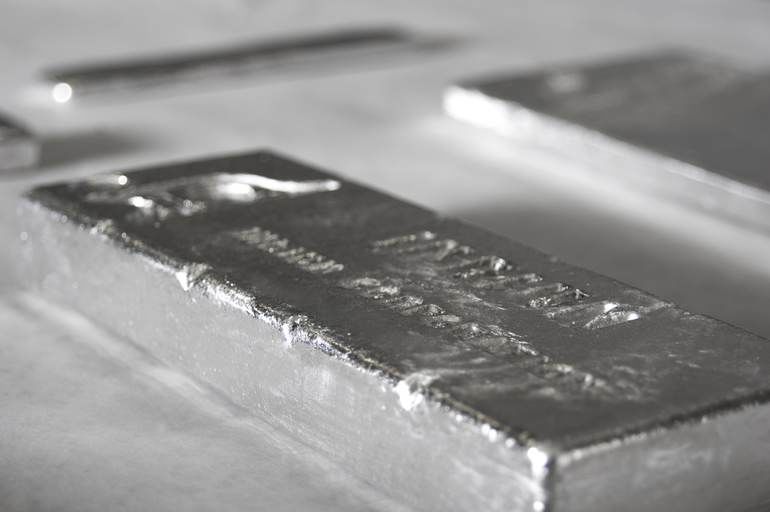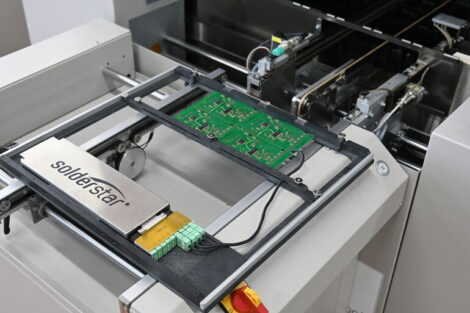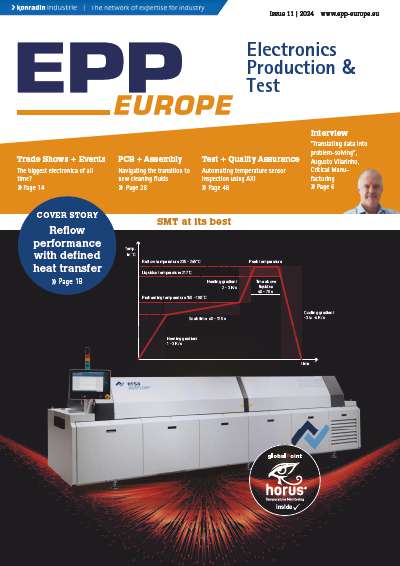Plating with indium metal can be utilized for a number of diverse applications that take advantage of its unique physical and chemical properties.
Indium plating was first developed by Indium Corporation in the 1930s for depositing a thin coating of indium onto aircraft engine bearings. This reduced friction and wear by increasing the lubricity and corrosion resistance of the bearings, greatly improving the flight range.
Since then, applications increased to include plating for wafers, fuel pumps, jewelry, and seals (for those that come into contact with oxidizing gasses), as well as for battery parts, decorative finishes, and electrical interconnects. These applications take advantage of indium’s unique properties, such as:
- Extreme ductility and softness, even down to temperatures approaching absolute zero
- Cold welding properties
- Resistance to alkaline corrosion
- Ability to rapidly diffuse into certain metals, such as copper, silver, and lead for hardening
- Low melting temperature (157°C)
- Low vapor pressure
- Low oxide formation
- Ability to wet to glass, certain metallic oxides, and glazed ceramics
- Ability to alloy with tin, bismuth, silver, and lead metallic layers at low temperatures to form new alloys with different physical properties
Metallic parts can be coated with indium using a solder reflow process. In those instances where a chemical flux cannot be used, or temperature limitations of the parts prohibit reflow coating, electroplating can be an alternate method to deposit indium. For high-volume indium plating applications, the indium sulfamate plating bath is a proven approach as one of the easiest and most stable baths to operate and maintain.












